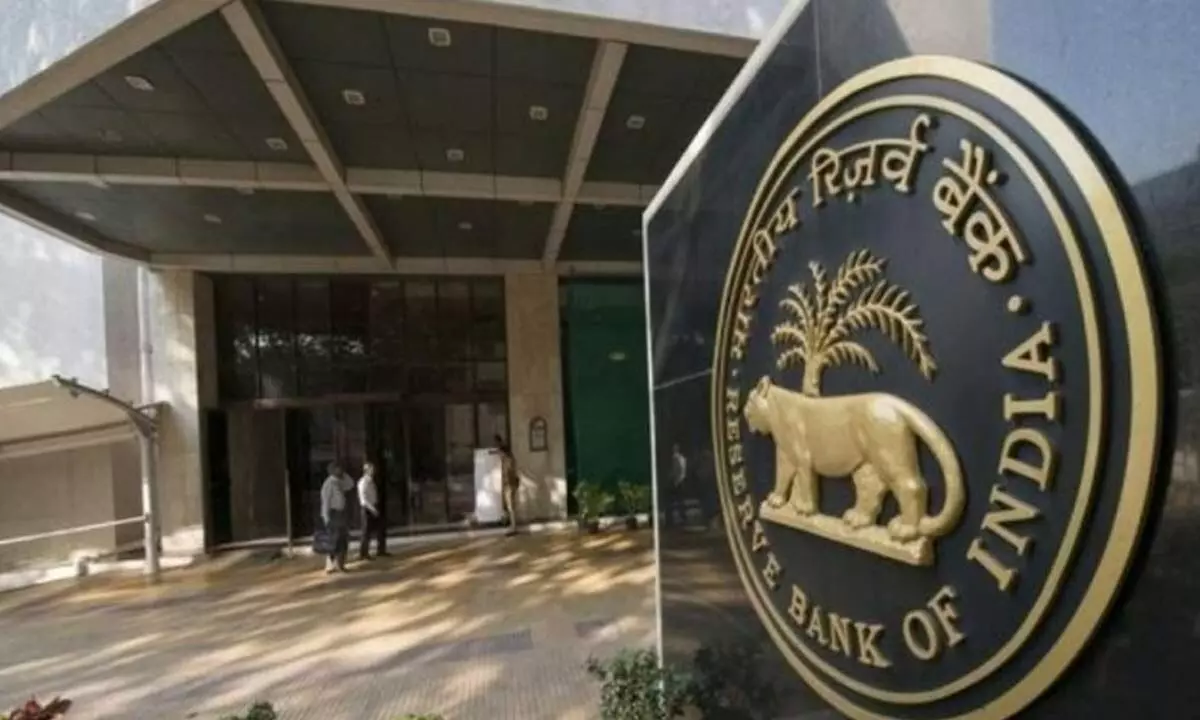RBI allows banks to sell bad loans immediately after default
On an average, banks sell bad loans worth Rs 60k cr to ARCs at 40-50% valuation annually. The new regulation of the apex bank may help increase the flow of loans to the tune of 10-15%
image for illustrative purpose

The idea is if banks are able to sell such bad loans early, the recovery rate also gets higher accordingly. In contrast, the way the defaults get older, the chances of revival become remote. Suppose, there is a fresh default which was caused by certain disruption and the borrower was unable to service instalment. The good idea is to analyse such accounts at that very moment and find out if the borrower needed additional loan or if there was any mismatch in cashflow then it can be addressed by increasing the tenure of the loan
Reserve Bank of India (RBI), through a recent circular, has said that banks can sell bad loans to asset reconstruction companies immediately after default. As per the existing system, banks sell such loans to asset reconstruction companies (ARCs) only when they turn as SMA (Special Mention Account) 2.
It is likely to have a wider implication on the business of the 29 ARCs that are currently operational in the country. On an average, banks sell bad loans worth Rs 60,000 crore to the ARCs at 40-50 per cent valuation annually. The new regulation of the apex bank may help increase the flow of loans to the tune of 10-15 per cent.
A loan is categorised as default, on failure to meet any repayment obligation and categorised as SMA 0, SMA 1 or SMA 2. Normally, a bank loan takes the shape of NPA only after crossing the SMA 2 stage. Normally, banks don't sell loans immediately on default in its initial stage. The reason is that they have hopes that the default may turn as a regular loan in future and the banks will be able to recover the same on their own.
So, banks prefer to sell bad loans only when they become NPA or on passage of 90 days since the default. Now, RBI has said that the banks can sale to an ARC immediately after the default. The idea is if banks are able to sell such bad loans early, the recovery rate also gets higher accordingly. In contrast, the way the defaults get older, the chances of revival become remote.
Suppose, there is a fresh default which was caused by certain disruption and the borrower was unable to service instalment. The good idea is to analyse such accounts at that very moment and find out if the borrower needed additional loan or if there was any mismatch in cashflow then it can be addressed by increasing the tenure of the loan. Whenever banks increase the tenor, they change terms and conditions of the loan, terming it as an NPA. However, if banks sell it to an ARC, then it is no longer an NPA for banks and rather their books get clean.
On part of ARC, the asset acquisition at an early date has better chance of turnaround. As of now, the corporate NPA has settled down in the banking industry. It means that fresh case of default coming from such segments is not as high as it used to be. Whatever uptick is coming, is from the MSME sector. The reason is that the sector is currently flush with additional debt as given by the government in its bid to bail them out from the post Covid scenario. But the problem was until there was a spurt in the country's economy, the MSMEs are unable to repay their additional debt to the banks.
As a result, the way the leverage or debt goes up for an MSME, its cashflow doesn't increase in that proportion so that be able to service its loan. As regards banks, they are in a better position now due to their strengthened provisional coverage ratio (PCR) post Covid.
In another significant development, ARCs will have to change their business model. The RBI circular says that the management fee can't be charged from the sellers. Rather, they can charge management fee on recoveries only. It may hit ARCs' revenue. Moreover, RBI has asked ARCs to increase their disclosure norms. They are likely to bring transparency in the system.
Besides, RBI has asked ARCs to have an external advisory panel at the time of OTS (one time settlement) and the settlement can be done on the recommendation of the panel only.
Talking to Bizz Buzz, Hari Hara Mishra, Director, UV Asset Reconstruction Company, said: "The revised guidelines will help the orderly growth of ARC sector. From practical viewpoint, the multi-tier settlement process and huge entry barriers in ARC particularly in its role as resolution applicant need rationalisation."
The most important change, ARCs are still looking for is widening definition of qualified buyers who can invest in ARC security receipts, he said. Apart from it, the RBI has asked ARCs to increase their minimum net-worth from the currently existing mark of Rs 100 crore to Rs 300 crore by the year 2026.

